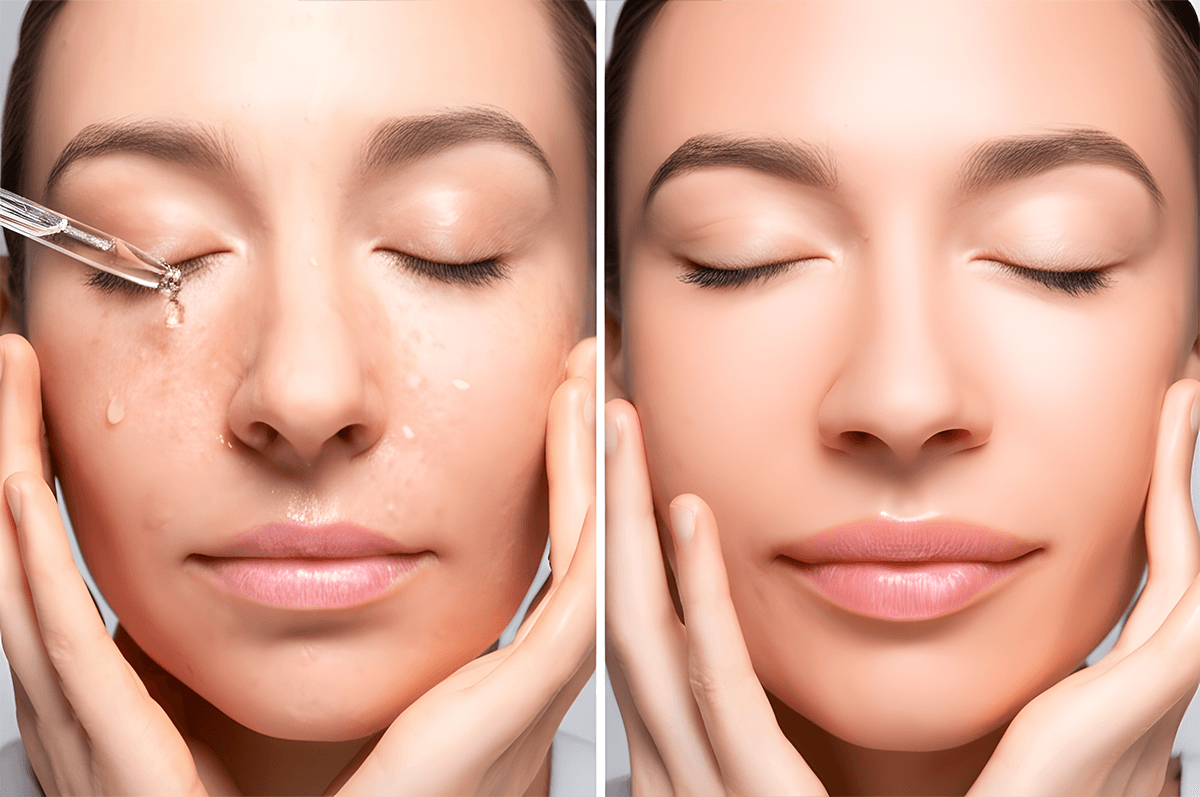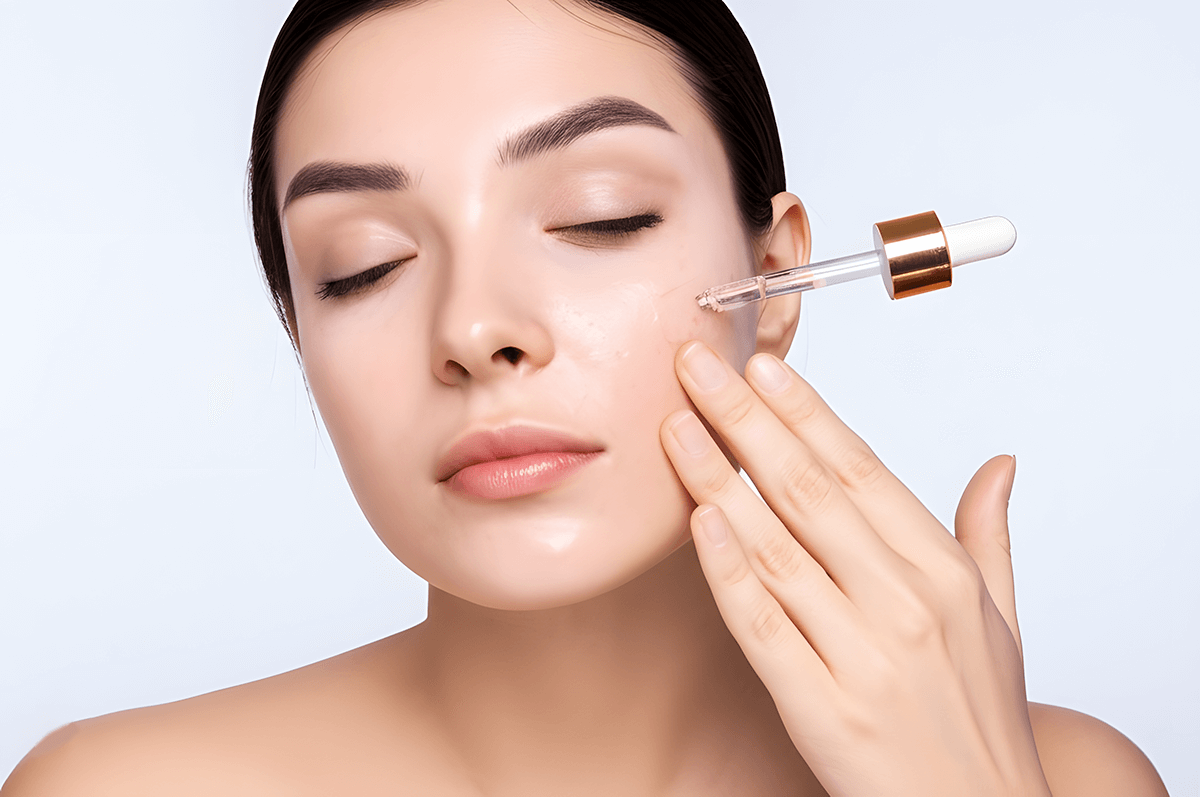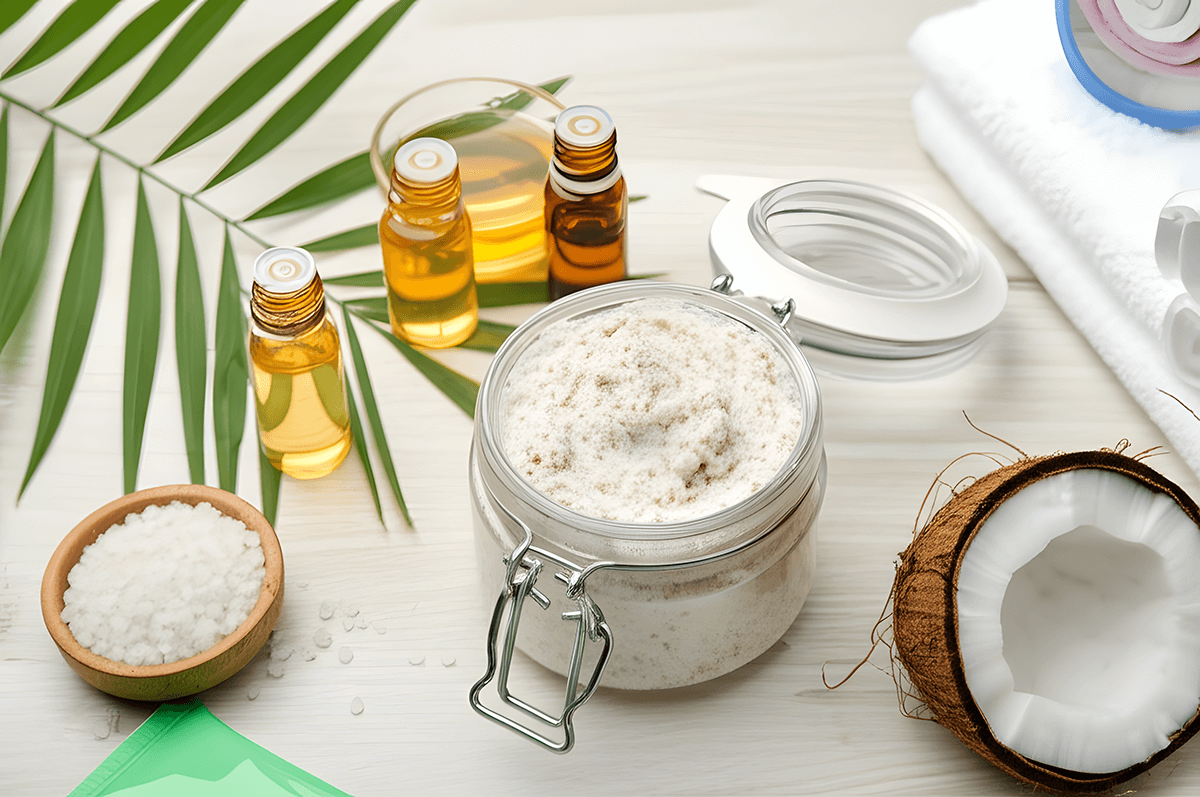Introduction
Hyaluronic acid (HA) has become a staple in modern skincare routines, heralded for its ability to hold up to 1,000 times its weight in water and provide the skin with intense hydration. However, many people wonder why they don’t always get the glowing, plump skin they expect from HA products. Instead of a soft, dewy finish, they’re often left with tight, dry skin that feels worse than before. The truth is, HA can indeed work wonders, but only if it’s applied in the right way. Understanding how to use hyaluronic acid effectively is key to unlocking its full potential.
In this article, we’ll break down how hyaluronic acid works, why it doesn’t always deliver the moisture people expect, and how you can ensure that it truly hydrates your skin. From how to layer it in your routine to ensuring proper hydration before application, we’ll give you all the tips you need to avoid the dreaded “tightness” effect and get the most out of your HA products.
What is Hyaluronic Acid and How Does It Work?
Hyaluronic acid is a naturally occurring substance in the human body, primarily found in connective tissues, eyes, and skin. It’s a humectant, which means it draws moisture from the environment into the skin. Its ability to hold large amounts of water is why it has become such a sought-after ingredient in skincare.
In the skin, HA helps maintain moisture balance, promoting elasticity, smoothness, and plumpness. As we age, however, the body produces less hyaluronic acid, leading to drier, more fragile skin. This is where topical HA can come in handy — it can replenish moisture, making the skin look more youthful and hydrated.
Why Doesn’t Hyaluronic Acid Always Moisturize?
Despite its impressive ability to attract and retain water, there are situations where hyaluronic acid can fail to deliver the expected results. The primary reason for this failure is how HA is applied and whether the skin is properly prepared for its use.
Here’s why it might not moisturize as you hope:
- Absorbing Moisture from the Skin Instead of the Environment
Hyaluronic acid’s moisture-binding capabilities work best when there is enough moisture in the environment or on the skin. If the air is dry or if the skin is dry when you apply HA, the molecule can draw moisture from the skin’s deeper layers, rather than from the environment, leaving your skin feeling tight and dehydrated. This is why many people experience a “tightness” or “dry” feeling after applying HA. - Applying HA on Dry Skin
Another common mistake is applying HA to dry skin. Hyaluronic acid needs water to function properly, so if your skin is completely dry when you apply HA, the product will struggle to draw moisture and may pull hydration from the skin itself. This can leave your skin feeling uncomfortable or even drier than before. - Incorrect Layering of Products
Hyaluronic acid needs to be layered properly to work effectively. If you apply it on top of a cream or oil-based product that creates a barrier, the HA might not be able to penetrate the skin properly. Additionally, applying HA after an oil or moisturizer could trap the hydration, preventing it from drawing moisture in and locking it in. - High Concentrations of HA
While products with a higher concentration of hyaluronic acid may seem like they would be more effective, they can sometimes backfire. Too much HA in a product can cause it to form a sticky layer on the skin, which feels uncomfortable and doesn’t provide the desired hydration. Moreover, some formulas may contain too much “free” HA, which doesn’t penetrate the skin well and instead sits on top of it, not offering much benefit.
How to Properly Apply Hyaluronic Acid to Maximize Moisture

Now that you know why hyaluronic acid doesn’t always work as intended, it’s time to understand how to apply it correctly to get the most out of its hydrating properties.
1. Apply on Damp Skin
One of the most important steps when using hyaluronic acid is applying it to damp skin. Since HA needs moisture to draw from, the best way to ensure its effectiveness is to apply it right after you’ve cleansed your face. You can gently pat your skin with a damp towel or spritz your face with a hydrating mist to ensure it’s moist before applying HA.
The damp skin will allow the hyaluronic acid to draw moisture from the environment and lock it into the skin, keeping it hydrated. If you skip this step and apply HA to dry skin, it may pull moisture from deeper layers of the skin, causing the dreaded tightness and dryness.
2. Layer HA Correctly
Hyaluronic acid should be applied after any toner or hydrating mist but before oils or creams. Here’s how to layer it properly:
- First: Cleanse your skin with a gentle, hydrating cleanser.
- Second: Apply a hydrating toner or mist to your skin while it’s still damp.
- Third: Apply hyaluronic acid serum directly to the damp skin to lock in moisture.
- Finally: Follow with a nourishing moisturizer or oil to seal everything in. The moisturizer will prevent water loss and keep the hydration intact.
3. Don’t Skip the Moisturizer
Moisturizing after applying hyaluronic acid is essential. Since HA draws moisture into the skin, you need a barrier to lock that moisture in. Applying a good moisturizer immediately after HA helps prevent water loss and ensures the hydration stays in your skin.
Look for moisturizers that contain emollients and occlusives, like ceramides, shea butter, and oils, which help lock the moisture that HA has attracted into your skin.
4. Choose the Right Type of Hyaluronic Acid
Not all hyaluronic acid is created equal. There are different molecular sizes of HA, and each one works differently on the skin. Some smaller molecules penetrate deeper into the skin, while larger molecules stay on the surface to hydrate the outer layer.
For deeper hydration, look for products that contain low molecular weight hyaluronic acid, which can penetrate deeper layers of the skin. For more surface-level hydration, high molecular weight hyaluronic acid is effective at keeping the top layer of your skin moisturized.
Some products also combine both types of HA for a more comprehensive hydrating effect.
5. Avoid Using HA with Harsh Exfoliants or Acidic Products
If you’re using products with exfoliating ingredients such as AHAs, BHAs, or retinoids, be cautious when layering hyaluronic acid. These exfoliants can compromise the skin barrier, and applying HA on top of these products may lead to irritation or make the skin more prone to dehydration.
Make sure to apply HA on clean, exfoliated skin and follow up with a nourishing moisturizer to restore the skin’s natural barrier.
The Importance of Consistency in Using Hyaluronic Acid
One of the most common mistakes people make with hyaluronic acid is expecting overnight results. While HA is an excellent hydrator, it works best when used consistently over time.
Make sure to include hyaluronic acid in your skincare routine daily, especially if your skin is on the drier side. With regular use, you’ll notice smoother, plumper, and more hydrated skin. Don’t give up after just a few applications — hydration takes time!
Conclusion: How to Make Hyaluronic Acid Work for You
Hyaluronic acid is a powerhouse ingredient in skincare, but it needs to be used correctly to provide the hydration it promises. By applying it to damp skin, layering it properly, and ensuring your skin stays moisturized, you can get the maximum benefit from this humectant.
Avoid the “tightness” effect by making sure your skin is well-prepared to absorb HA and that you’re using a good moisturizer to seal everything in. If you follow these steps, hyaluronic acid can become one of your most powerful tools in achieving hydrated, smooth, and youthful-looking skin.
Do you have a hyaluronic acid product you love? Or have you experienced the “tightness” effect? Let us know in the comments below how you make HA work for you!



